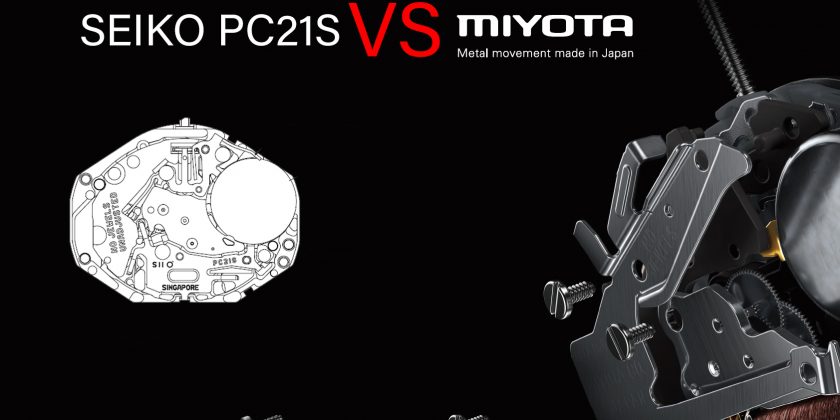Join Canton Fair 2025: Connect & Trade Globally!
Buyers Wanted at Canton Fair 2025! Source 20M+ products, meet verified suppliers, and negotiate deals face-to-face. Your…
0086 138 2360 5114 | admin@kstwatch.com








